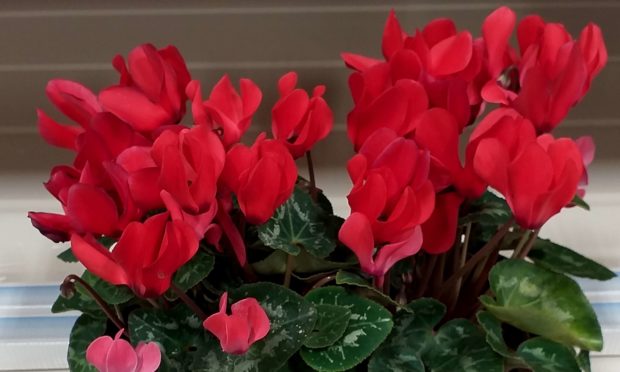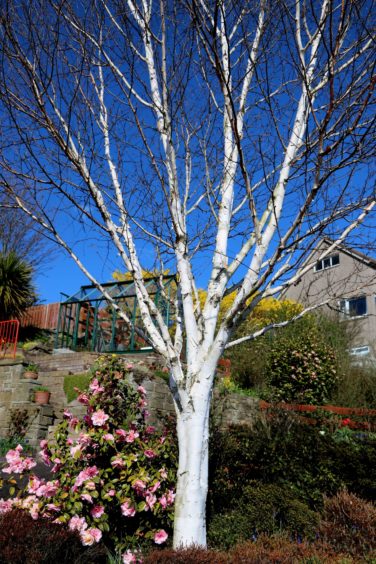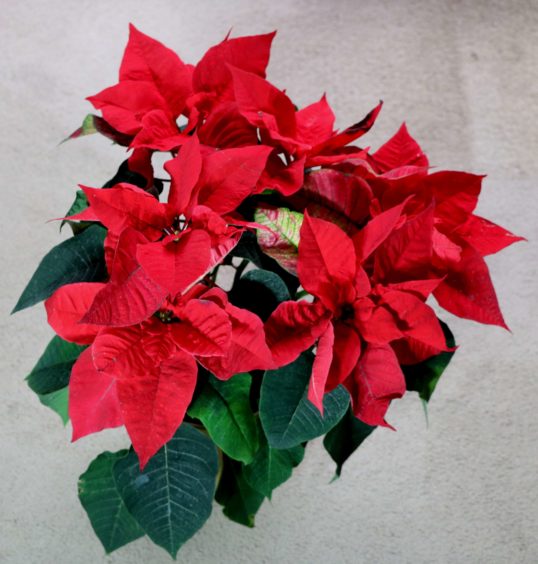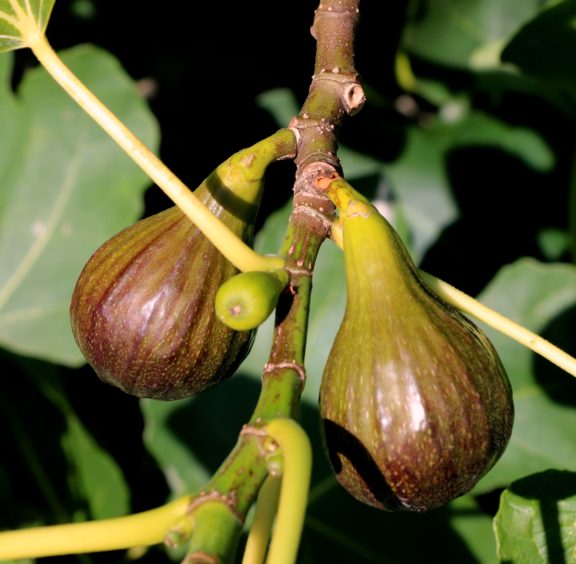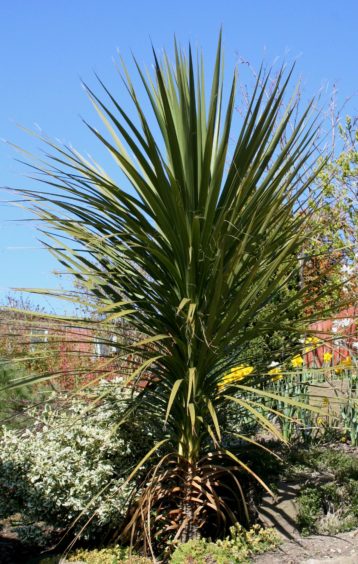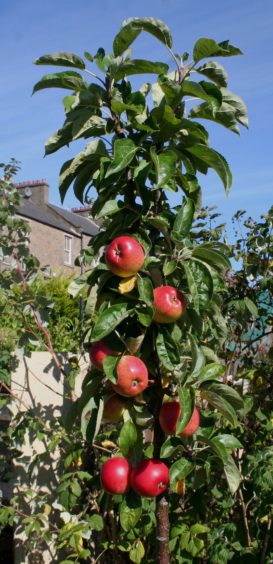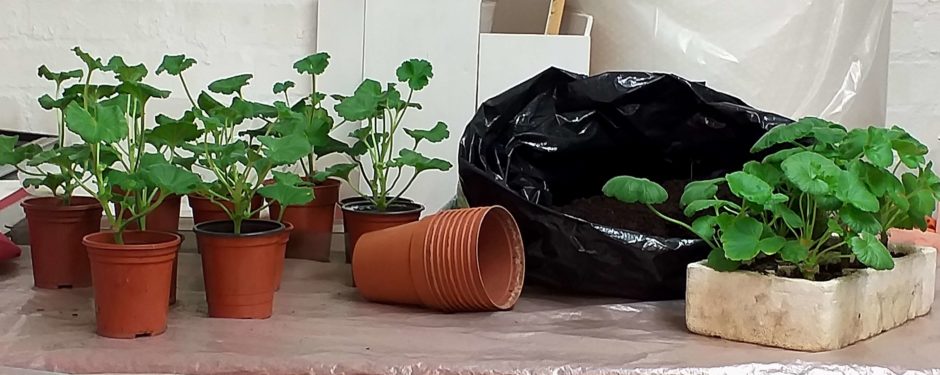We are now in December so it is very hard to avoid festive thoughts on the run up to Christmas, as we ponder what gifts do you get for the keen gardener.
Although the keen gardener will have all the necessary tools to keep on top of the garden, things wear out, so check on those secateurs, loppers, and good garden gloves which never last too long.
Gift vouchers for garden centres or specialist nursery are favourite for chrysanthemums, begonias, raspberries, strawberries and other fruit trees and bushes.
Then there is any amount of great house plants in flower to decorate the home and add that wee bit of festive luxury in addition to the essential Christmas tree.
Several years ago a friend who knew I was into gardening, brought me ten sacks of horse manure. Now that was different and very welcome but they were not going under the Christmas tree with all the other gifts.
Supermarkets always get geared up for the festive trade, so a large poinsettia is essential, then I see great cyclamen, winter cherries, Christmas cactus, Phalaenopsis orchids, winter flowering azaleas and lovely Amaryllis.
Another store had small pots of roses in full flower about nine inches high.
This brought back a memory of my time in College in Chelmsford studying for my National Diploma way back in 1968.
I did an experimental study for my dissertation on how to grow dwarf roses.
College staff helped me sort out some dwarfing chemicals and I managed to produce a range of scented roses of Wendy Cussons taken from softwood cuttings.
I was sure this skill was a winner and once I left collage it would make me a millionaire.
Just look how the demand for pot mums took off assisted by dwarfing chemicals.
Unfortunately I never had a greenhouse at that time so the pipe dream never got started.
Dwarfing chemicals are still used to keep the red poinsettias down to a decent size, (they make small trees in native environment.)
They last for several months, but in spring they will start to grow quite big so without access to chemicals they end up on the compost heap.
However the dwarf azaleas and cyclamen can both be kept for several years, but grow them on in summer in cool shady conditions.
Christmas cactus can also be kept for many years, but needs drying off after flowering.
When it starts back into growth in spring start to water again but once it has put on some decent shoots it needs drying off again till early winter to ripen up the shoots when flower buds should appear once more.
Amaryllis is often given as a gift both in flower and as a dormant bulb.
Pot up the bulb in a small pot leaving half the bulb below the surface and keep watered.
After flowering keep it watered and fed then in late summer dry it off to let it go dormant before starting up again a few weeks before Christmas.
Bowls of hyacinths and Paperwhite narcissi are popular gifts for the house at Christmas and both have a lovely perfume.
After flowering plant them outdoors where they can grow and flower for a few more years. Phalaenopsis orchids are also a favourite and these will flower for many years.
Some evergreen house plants make great gifts including dumb cane, Aloe Vera, the Cheese plant, the rubber tree and many others.
The festive period is a great time to do a bit of goodwill to people, the environment and the planet so a gift of a young tree is a great idea to help out our carbon footprint as green leaves absorb carbon and add oxygen to the atmosphere.
However make sure there is room for one. Trees come in all sizes and shapes and where room is restricted go for a columnar shape like the upright cherry, Prunus Amanogawa.
Other smaller trees will include hazel, rowan, white stemmed birch, Japanese maple (Sango Kaku is a cracker) and the evergreen Cordyline australis, the cabbage palm.
Fruiting trees are also popular especially apple (Starline Firedance), pear and plum and for the more exotic try a fig plant.
Wee jobs to do this week
Geranium cuttings taken last October have rooted well and now need potting up as the young plants are starting to grow. Pot up into small pots and keep them on a windowsill in a cool room. If they have put on a bit of growth, pinch the top out to keep them stocky and encourage sideshoots. Remove all flower buds so plant can put all its energy into creating a strong plant, and do not overwater during the winter months.
